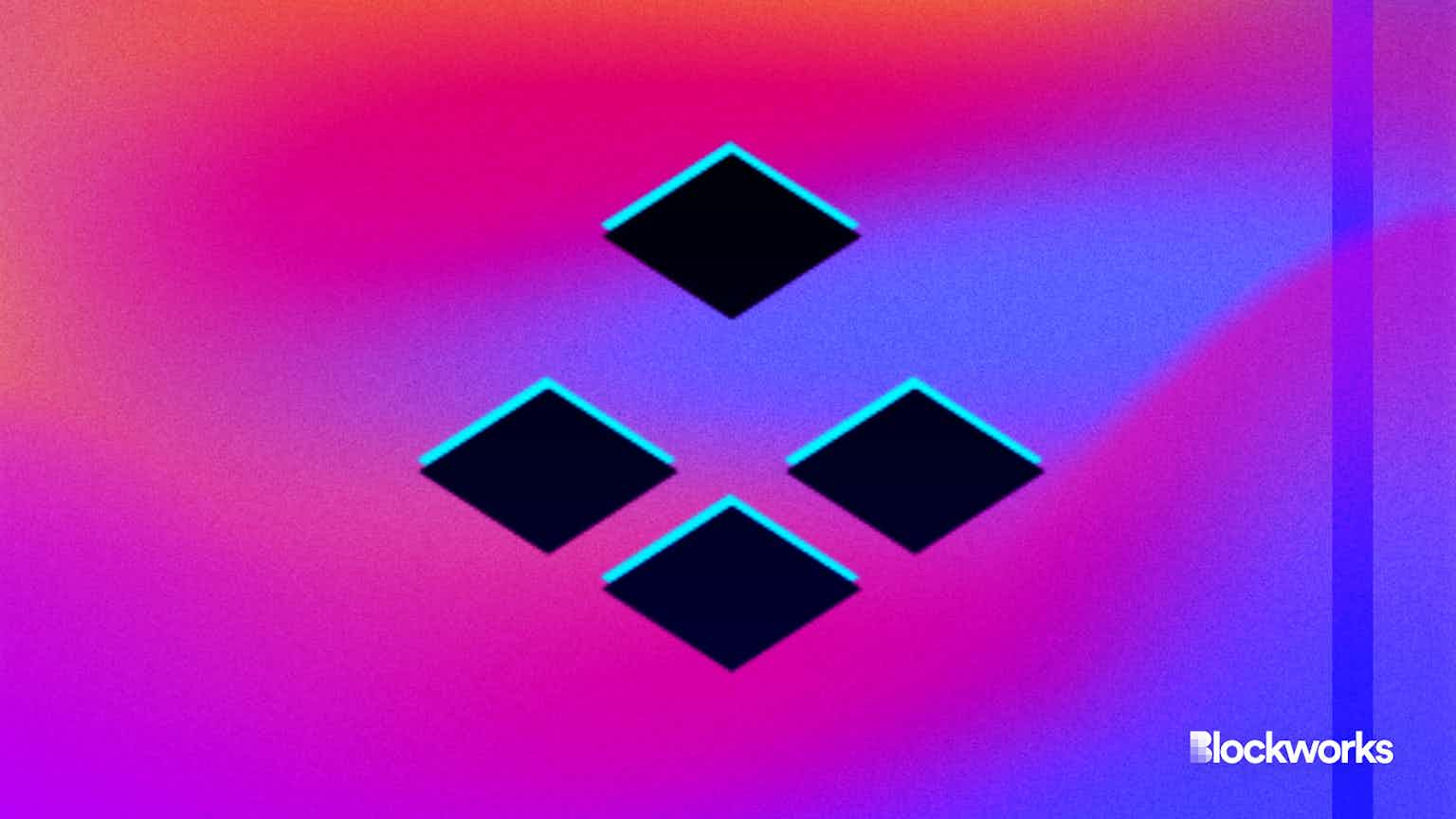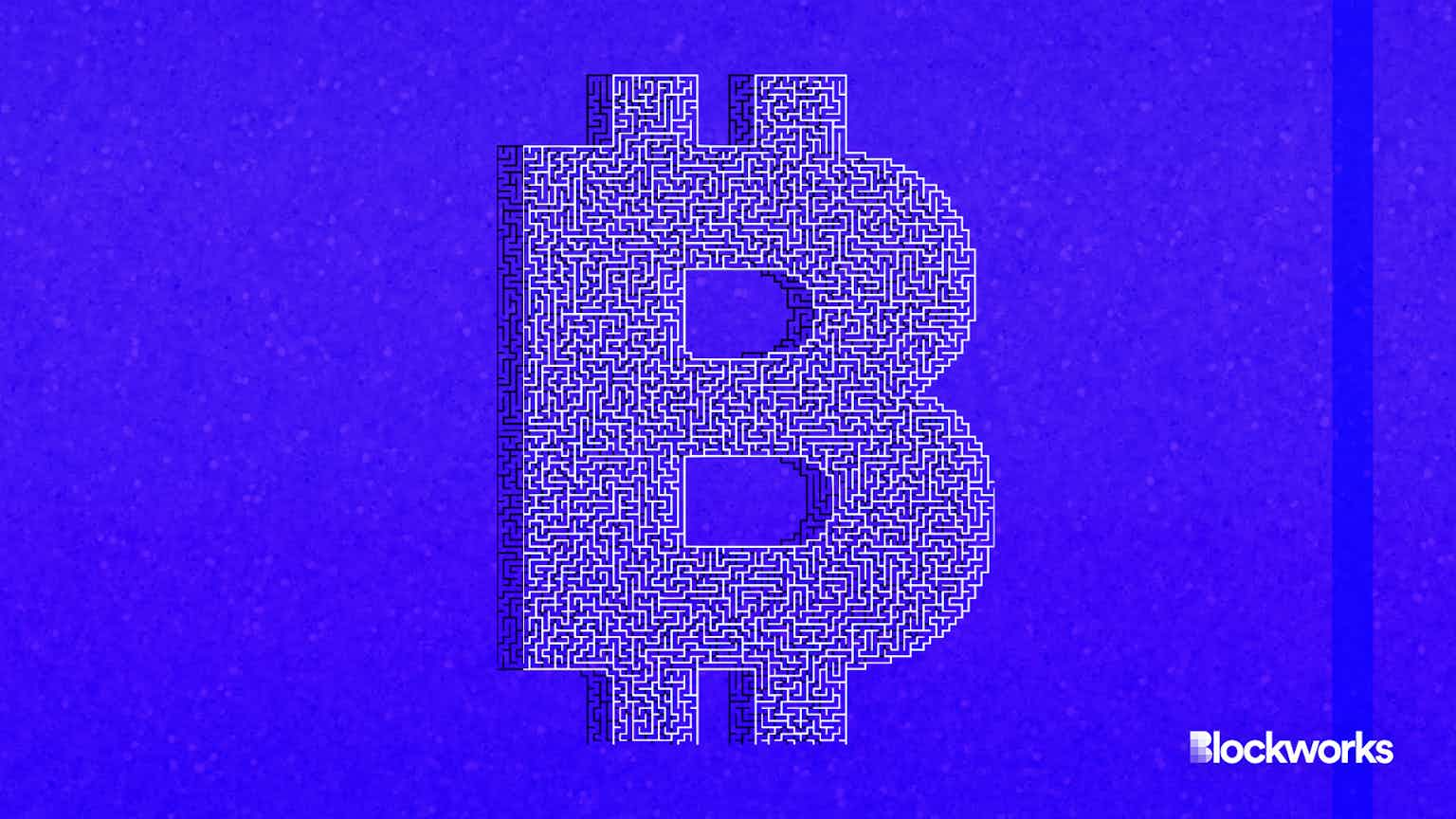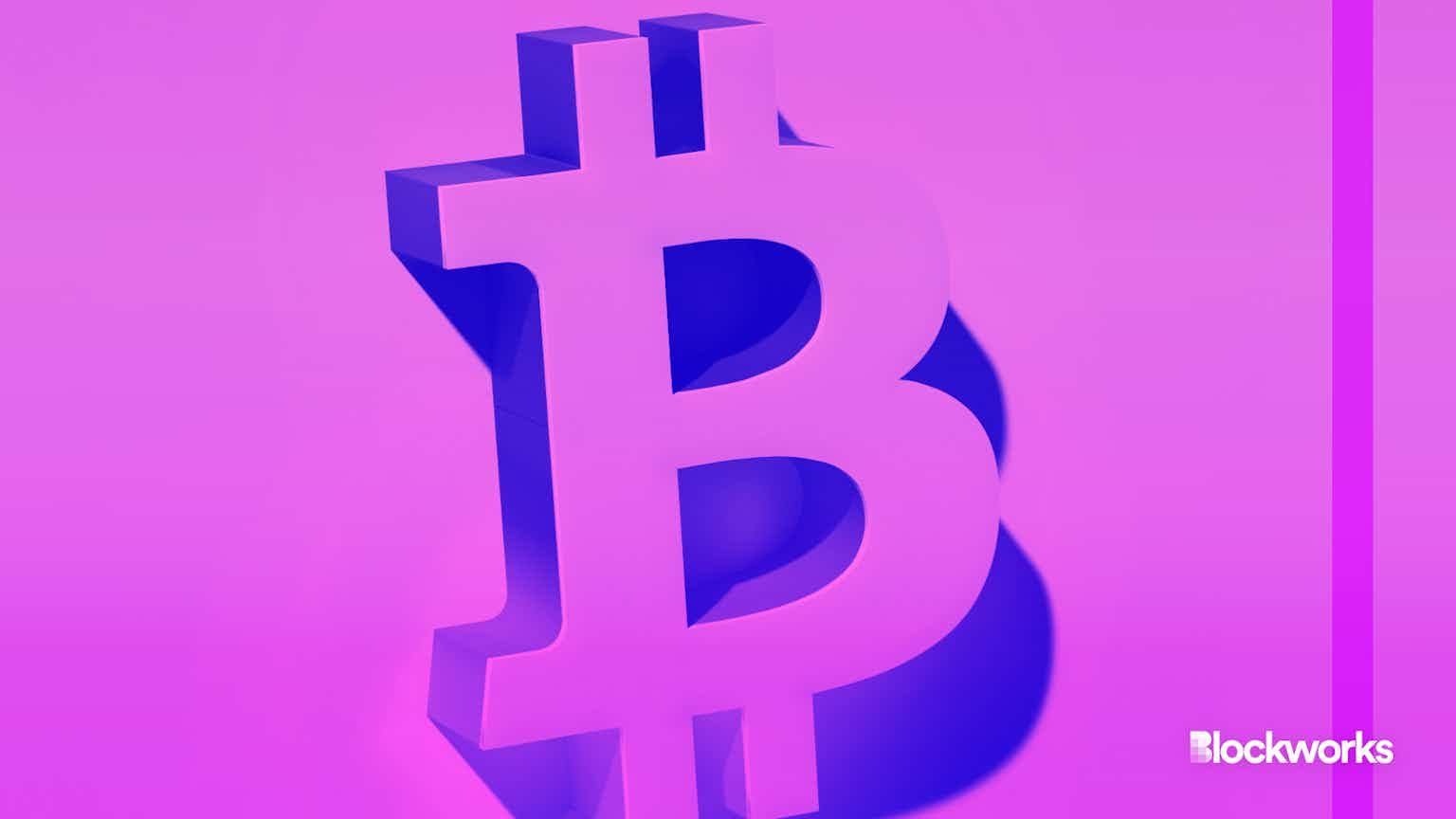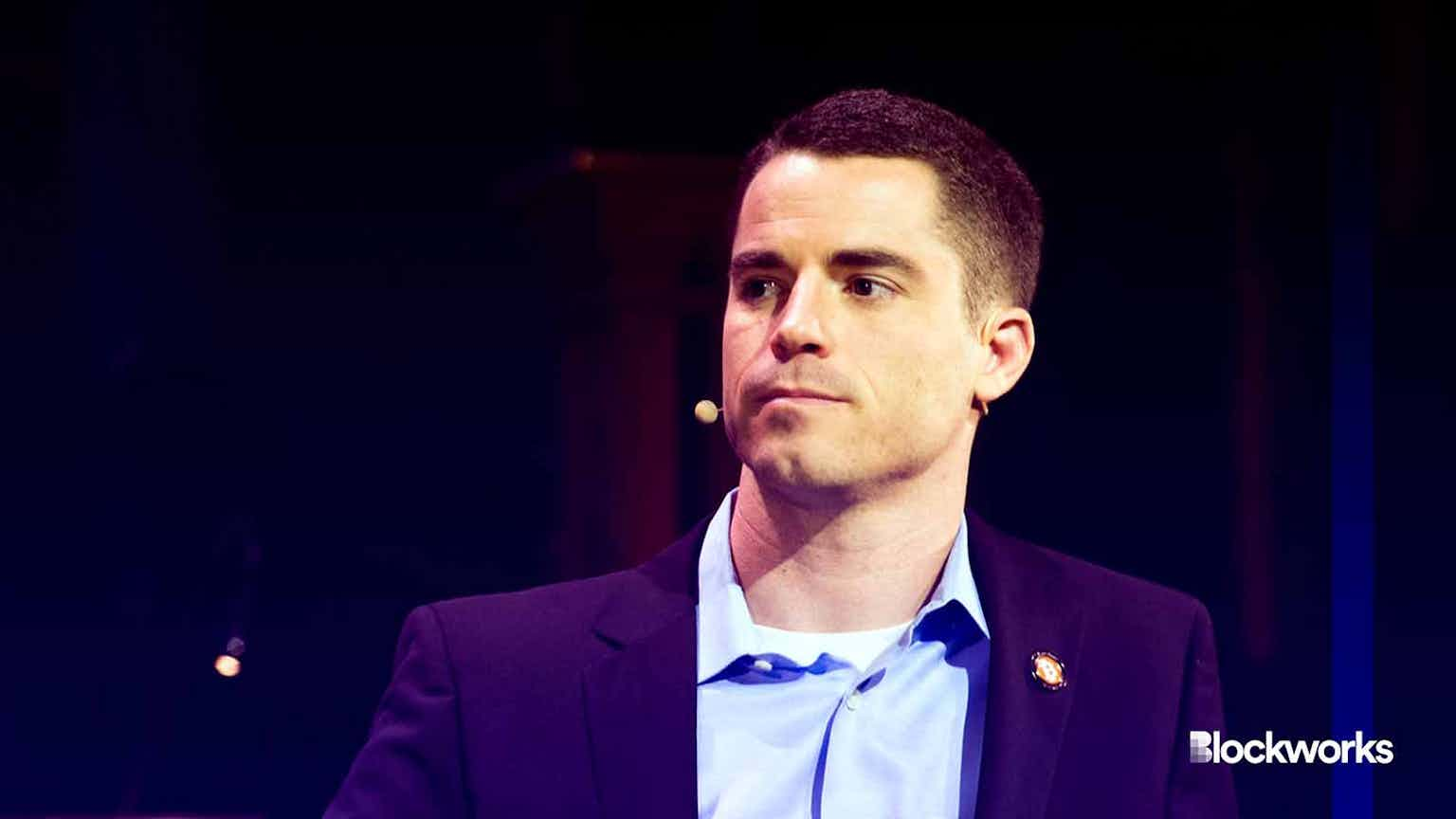Synapse Chain Eyeing Bridgeless Asset Swaps
The cross-chain messaging system announced a low-cost, high-security chain based on optimistic rollups

Source: Shutterstock
key takeaways
- The chain is a layer-2 optimistic rollup that financially rewards “guards” for verifying transactions
- “Rather than deploy your dapp on ten different chains, why not deploy it on the bridge protocol that’s already connected to every chain?” Synapse tweeted
Crypto builders are rushing to restore trust in bridges as cross-chain hacks have cost crypto users nearly $2 billion this year. But the Synapse Protocol hopes to win over disaffected investors by getting rid of bridging altogether.
Synapse Chain, announced today, would create a single-chain solution to cross-chain swaps. In theory, the chain could lower costs and increase security.
At a basic level, cross-chain bridges are protocols that transfer information between blockchains. The most common bridge use case is moving cryptoassets between chains. In that case, the bridge holds a user’s assets in a smart contract while deploying a “wrapped” IOU asset on the bridged chain.
Synapse Chain would do away with asset wrapping by creating a blockchain directly compatible with different cryptoassets, Synapse explained in a blog post.
For instance, if a user purchased hypothetical token XYZ on the Ethereum network, she could potentially use a Synapse-powered decentralized exchange (DEX) to directly convert ETH to XYZ without bridging tokens, saving on gas fees and increasing security.
Synapse’s “single execution environment” is built on Ethereum but theoretically is compatible with any blockchain.
The layer-2 uses optimistic proofs, where all transactions are assumed to be valid pending fraud claims from so-called guards.
Synapse believes optimistic verification will help the chain avoid adding to the nearly $2 billion in assets stolen from cross-chain protocols this year. Many hacked bridges held assets in multi-signature wallets that went light on the “multi.” The Harmony Horizon bridge, for instance, had five keys, only two of which needed to be compromised by the hacker.
An optimistic system requires every validator to approve transactions, as every guard tacitly verifies data when it does not submit an allegation of fraud. Synapse incentivizes guards to do their jobs by confiscating their SYN governance tokens when faulty transactions are marked valid, a mechanism known as slashing.
SYN jumped roughly 40% after the Synapse Chain announcement, trading around $1.70 Thursday afternoon.
Synapse’s optimistic rollup sequencer will initially be run in-house, though the protocol hopes to follow other layer-2s toward decentralization.
Still, optimistic rollups have been criticized for the tradeoffs inherent to the use of fraud proofs, such as a relatively long withdrawal period to move funds to the Ethereum mainnet, and Synapse is not the only team rethinking bridges.
Axelar and LayerZero are other major players in the post-bridge space. In a Telegram message, LayerZero CEO Bryan Pellegrino called the protocol “neither a bridge nor a blockchain” that moves assets directly between contracts.
Similarly, the Synapse Chain, which is expected to go live on a public testnet within weeks, doesn’t necessarily require assets to be bridged at all.
“A lot of the assets won’t have to be sent into the rollup, they can live on a chain and the messaging system will attest to their value,” said Synapse’s chief operating officer Max Bronstein.
“If you trust the security of the messaging system, [then] you trust that the asset in the rollup is the same as the asset on the native chain.”
Start your day with top crypto insights from David Canellis and Katherine Ross. Subscribe to the Empire newsletter.





